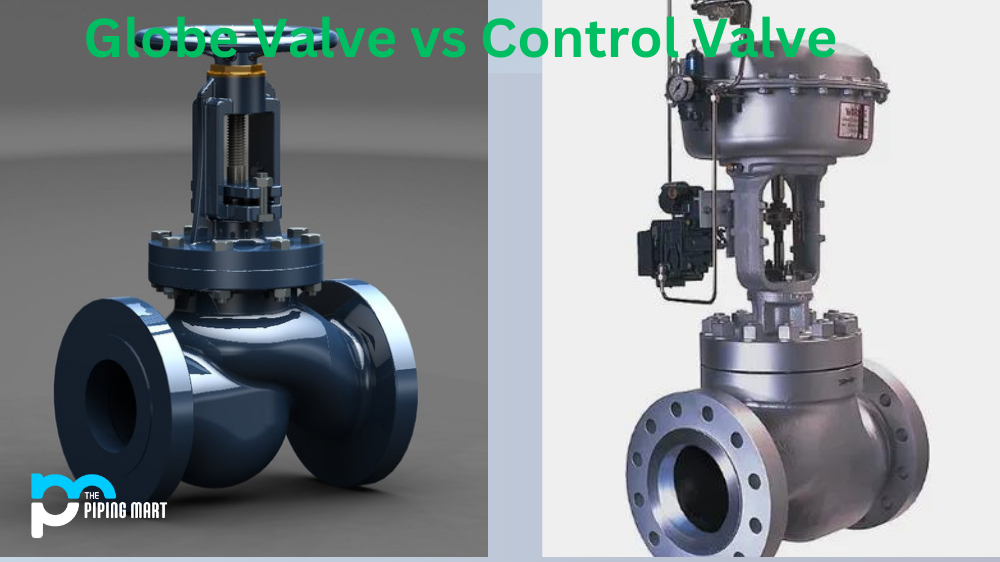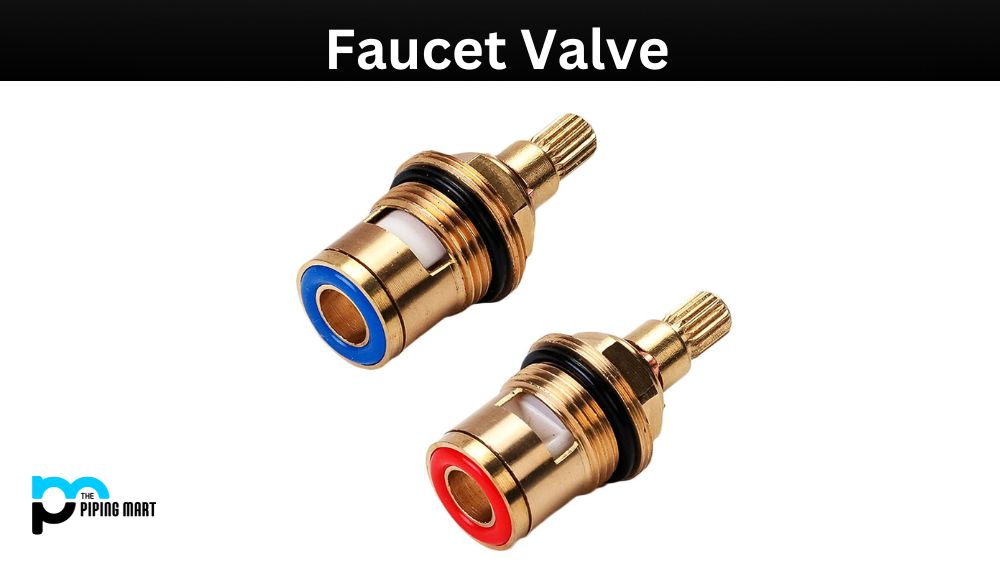Choosing the correct valve for your application is an important decision. Valves are crucial in controlling fluid flow, pressure, and temperature in pipelines and can affect system performance, efficiency, and reliability. Two common types of valves used in different industries are globe and control valves. While both valves look similar, they have distinct designs, functions, and application differences. In this blog post, we’ll discuss the features and benefits of globe and control valves and help you make an informed choice based on your needs.
Globe Valves – For Precise Flow Control and Shut-off
Globe valves are named after their spherical shape and are primarily used for regulating and shutting off the fluid flow in a pipeline. They comprise a valve body, disc, stem, and seat. The fluid flow through the valve is controlled by the position of the disc, which moves up and down along the axis of the stem. Globe valves are commonly used in applications where flow control precision is essential, such as in high-pressure steam systems, chemical processing, and power plants. They are also suitable for handling viscous and corrosive fluids and throttling the flow for partial opening. Globe valves are highly durable and can be resistant to wear and tear.
Control Valves – For Continuous Flow Control and Automation
Control valves are designed for more precise and automated flow control than globe valves. They use an actuator to move the valve disc in response to the signals from process control systems, such as temperature and pressure sensors. The control valve modulates the fluid flow to maintain a specified set point or ratio between the input and output. Control valves are widely used in oil and gas, water treatment, food processing, and pharmaceuticals. They offer several advantages over globe valves, including a broader range of flow capacities, faster response times, and higher accuracy.
Difference Between Globe Valve and Control Valve
The main differences between globe and control valves are their design, operation, and function. Globe valves are manual valves that require an operator to adjust the disc position by turning the stem. They have a lower rangeability than control valves, which means they cannot operate over a wide range of flow rates. Control valves, on the other hand, can be fully automated and can adjust the flow rate continuously over a broad range of operating conditions. They offer better pressure drop control and less cavitation than globe valves and are ideal for applications with changing flow rates.
Choosing the Right Valve for Your Needs
Choosing between a globe valve and a control valve depends on several factors, such as the application requirements, process conditions, and budget. A globe valve may be suitable if you are looking for a valve for low-pressure applications where precision flow control is essential. A control valve is better if you need fast and precise flow control over an extensive range. However, their complex design makes control valves more expensive than globe valves and requires more maintenance. Moreover, the fluid type, temperature, and pressure can influence the choice of valve material and construction.
Other Differences
- A globe valve is a type of valve used for regulating flow in a pipeline.
- A control valve is a type of valve used for controlling the operation of a process or system.
- Globe valves are typically used in applications where precise flow regulation is required.
- Control valves are typically used in applications requiring constant or near-constant flow.
- Globe valves are typically more expensive than control valves.
- Control valves are typically easier to maintain than globe valves.
- Globe valves can be more challenging to operate than control valves.
- Control valves can provide more accurate regulation of flow than globe valves.
Conclusion
In conclusion, globe and control valves have advantages and limitations, and choosing the correct valve for your application requires careful consideration of all the factors involved. Whether you need a valve for flow regulation, shut-off, or automation, it is essential to consult with a valve expert or supplier to make an informed choice. By analyzing the process conditions, fluid properties, and performance requirements, you can select the best valve that meets your needs in terms of durability, reliability, and efficiency. Globe valves and control valves are critical components in industrial processes, and investing in a suitable valve can pay off in the long run by improving safety, productivity, and profitability.

Abhishek is a seasoned blogger and industry expert, sharing his insights and knowledge on various topics. With his research, Abhishek offers valuable insights and tips for professionals and enthusiasts. Follow him for expert advice on the latest trends and developments in the metal industry.




